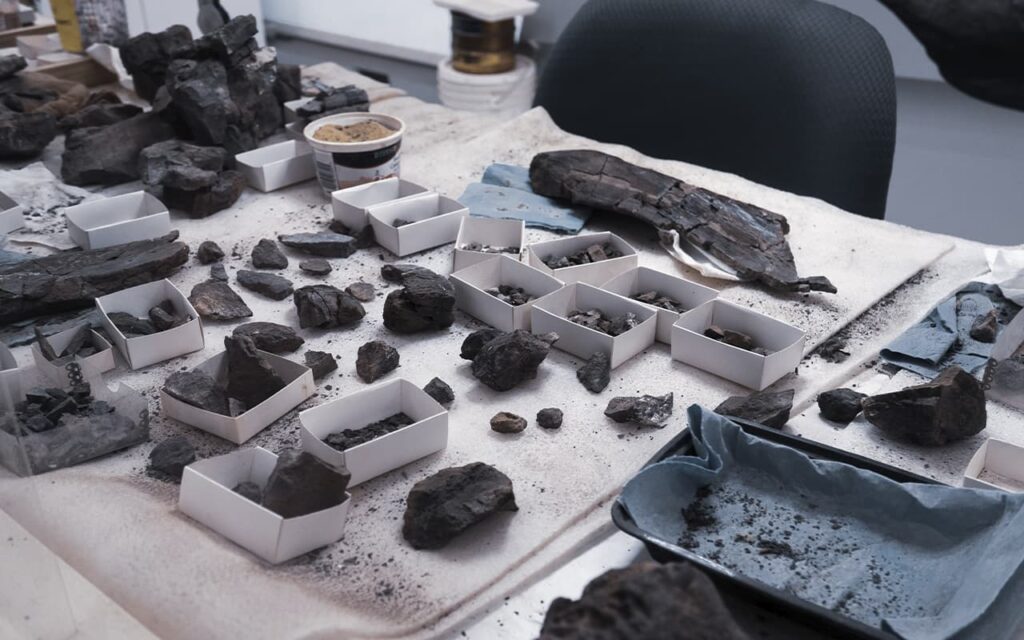Stone industry – a set of stone artifacts used in a particular period or by a particular archaeological culture. In a narrower sense – a collection of stone artifacts originating from a particular monument. The term is broader than “stone tools” and includes the entire chain of tool production, including waste. The concept of “stone industry” is closely connected with a certain technique of stone splitting and other types of stone processing.
Naturally, there is a steady complication of stone processing techniques, which corresponds to the replacement of one hominid species by other, more progressive ones, and also occurs over time. This complication allowed to obtain more and more perfect tools, as well as more and more economical use of stone raw materials. Quite a few stone industries or stone working techniques are distinguished.
Stages in the development of stone industries
The oldest industry (or industries) of the early Paleolithic was the pebble industry, which is characterized by the manufacture of the simplest tools from pebbles and other whole individuals of stone by the chipping method. These are choppers and later chopping tools, which served both as independent tools and as cores for making sharp stone fragments. In addition to choppers (lateral and end choppers) and choppings, the industry includes polyhedrons, nuclei, discoids, spheroids, and detritus. Some detachments may even show traces of secondary processing and be used as scrapers.
The pebble industry has existed since the beginning of the Quaternary in various areas of Africa, southern Europe and Asia. The oldest specimens are represented by Kafuen tools (from the Kafu River in Uganda), but are better known from the later Olduvai culture. Similar techniques were used much later, where only river pebbles were available. The more complex industries of the Abbeville, Ashel and Cleckton cultures also used only piecing techniques, but the tools were much more advanced and varied. Their main types were various types of hand chippers. Bifaces are more characteristic for Europe. In Africa and Southeast Asia, cleavers and spades were also common. Monofaces were used the least frequently of all. In addition to these macroliths, these industries are known for scrapers, scrapers, sharp-edged tools, incisors, toothed tools, plates with sharps, knives and spearheads.
The next method, which appeared in the Early Paleolithic, has a fundamentally important difference. It includes two stages of processing: primary splitting. In the process of primary cleavage from a special blank – nucleus – chipped blanks, i.e. chips of plate, laminae or microplates, were chipped with the help of a blow or squeeze. These blanks could be used immediately or were subjected to secondary processing by removing small chips. And in Paleolithic studies it is customary to call only the items with secondary processing as tools. Otherwise, even if a chipping was used as a tool and has corresponding traces, it is referred to chipping with traces of utilization.
Further development of stone industries followed the way of perfection of the two-phase method. In the Middle Paleolithic it was perfected within the framework of the Levallois industry. Then the technique of parallel (proto-prismatic) splitting appeared, which was replaced by the prismatic technique in the Late Paleolithic. Then came the plate technique, which was replaced by the microplate technique, and then by the microlithic technique (most characteristic of the Mesolithic). Accordingly, each regional culture has some peculiarities in stone industry.
